Acrylic: composition, advantages and disadvantages

Over time, many types of fabrics have appeared, from which clothes are sewn and not only. Acrylic has been produced for a long time, it has unique qualities, but not everyone knows what it is.


What it is?
Acrylic fabric is a material made from acrylic fibers. First manufactured by DuPont. Today, this manufacturer no longer produces acrylic fabric, but it is still widely produced throughout the world.
The process uses a chemically manufactured substance called acrylonitrile, which is also used in the plastics industry. Acrylonitrile tends to degrade easily in the environment. By itself, this substance is considered toxic, but due to the fact that it is used in a composition with other components and has a fast decay time, acrylic fabric remains environmentally friendly.
The material is widely used in knitwear, upholstery and rug construction. People often think that acrylic is an excellent wool substitute because it is extremely soft and lightweight.
Some cashmere substitutes are made from the material described and look better than natural cashmere. Some natural fabrics contain acrylic fibers.
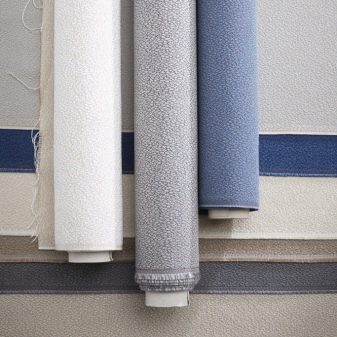

Early acrylic fabrics tended to wear out quickly, so regular washing resulted in the outer garment having a worn look. To this end, Monsanto has developed a special chemical process to overcome this disadvantage. Despite this, clothes made from such a material still required careful care: when using a washing machine, washing had to take place at a minimum temperature.
The more careful a person is with acrylic fabric, the more likely the garment will retain its attractive appearance for longer.
When acrylic fabric first hit the market, it was often considered cheap and not as valuable as natural fiber clothing.
Some early versions of this material caused inconvenience and itching, but over time, innovative processing and completely different processes applied have solved this problem, and today many people prefer acrylic to natural fibers because it is easier to care for.


Composition
When high temperature and pressure affects oil, natural gas or coal, polymerization occurs and a plastic solution is formed. Polymerization is described as a process in which two or more molecules are linked to form a repeating molecular chain. After polymerization, the plastic solution is in a viscous form, that is, its state is something between a solid and a liquid substance.
Acrylic is made from polyacrylonitrile polymer, a flammable, colorless liquid that is made from polypropylene. Scientists have found that inhaling polyacrylonitrile looks like cyanide poisoning. This happens after exposure to the chemical with the skin or if inhaled.
The solution rotates in industrial production, and through special equipment is squeezed into air or water, where it solidifies. The acrylic fibers are then washed, dried and cut to length. Once the acrylic has been pretreated, it is rolled into a ball. The fabric is then created as the end result of the manufacturing process.
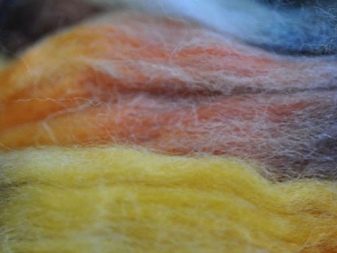

Often, acrylics and natural yarns are woven together, which allows the manufacturer to reduce the cost per final product. Therefore, if a consumer sees a shirt advertised as a cotton or wool blend, then it is not just cotton or wool, there is also the described fiber in the blend. It is very similar in appearance to wool. Acrylic fabric is lightweight, warm and soft to the touch, so it is often used in natural wool or in a mixture of sheep and cashmere. The result is wonderful sweaters, hats, socks and knitting yarns.
Like polyester and nylon, acrylic fabric is hydrophobic - meaning it has the ability to repel water. This beneficial property can cause bacteria to grow in the fabric, which can disrupt the structure of the garment and cause odor. This also means that the fabric is capable of generating static electricity, is flammable and difficult to extinguish.
Because of these properties, some believe that acrylic is not the best material for clothing. It is commonly used to simulate wool and to save manufacturers' money on material costs.
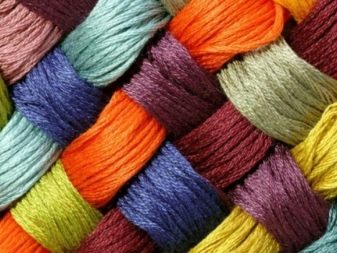
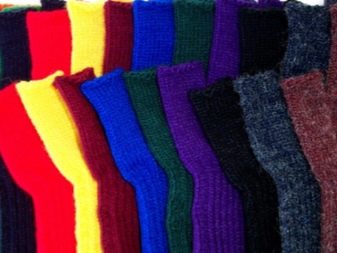
Advantages and disadvantages
Acrylic fabric has its undeniable advantages.
- It is more affordable than natural fiber materials. The product is sold in most specialty stores, there is a huge selection of colors. The cost for acrylic fabric is lower, and the properties of the finished product delight the user.
- Durability is the second plus of the fabric, so it is used to make workwear.
- Clothes made from this material are easy to clean and will not fade.
- The material is non-allergenic, warm and soft.
- This type of fabric does not shrink and dries quickly.
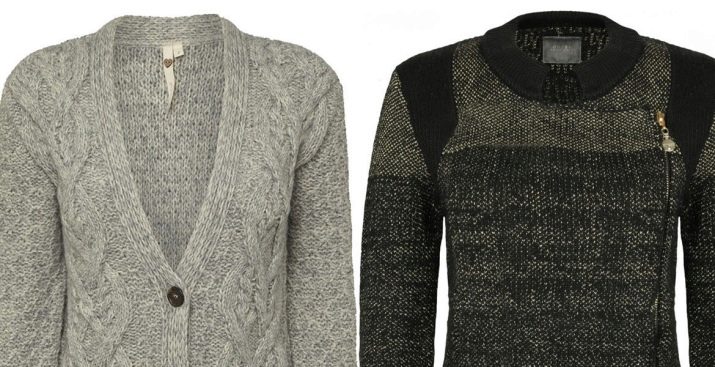
Regardless of the fact that acrylic fabric has many advantages, there are also disadvantages.
- Rough texture as a professional can easily distinguish natural wool from substitute.
- Cannot be used for clothing that will be used in a high temperature room, as it can easily catch fire on a person. Including in such an outfit you cannot cook in the kitchen.
- Over time, these clothes roll off.
- It will be very difficult to remove oil and grease from clothes made of acrylic fabric.

Types and their properties
For many reasons, acrylic is not used on its own, more often in composition with other fibers, and it is desirable that they be natural. In knitting yarn, this element can be 100% or 5%, it all depends on the manufacturer.
Polyacrylic clothing is 95% acrylic and 5% other natural fibers, for example:
- cotton;
- wool;
- angora.
The characteristic of such a material is that it is warm, voluminous, soft, and has a long service life. It is also called artificial wool or bare synthetics.
Products made from this material are suitable for people with sensitive skin, pregnant women and children.


Due to the fact that the fabric does not wrinkle, the time for caring for it is minimized. It is very convenient to remove the dress from the hanger and put it on immediately without the need to iron it.
The most popular combinations of acrylic with wool and mohair. The percentage may vary, in any case, the clothes look beautiful, bright.
Recently, modacryl, a modern modified fiber, which contains several components, such as vinyl and polyacryl, has become more and more popular. Curtains are made from it.


In the same group with acrylic fabric are:
- nylon;
- varnish;
- Bologna;
- nylon;
- perlon;
- dederon.
While any acrylic material has inherent properties, there are many variables that can change the fabric. It's about additives. The very tightly woven fibers are excellent at repelling water.
Chemical additives are often used to enhance certain characteristics.
The material can be coated with polyurethane or vinyl, which increases water repellency and abrasion resistance.

Application
The main area of use of acrylic fabric is the creation of clothing. Can be used for outdoor curtains. Such products perfectly resist sunlight, so they can last for more than one year. Moreover, the product does not sag, does not rot, this is the material that is perfect for creating curtains with folds.
From acrylic fiber, sweaters of amazing volume and beauty are obtained. They retain their shape and appearance for a long time.
This material was most widely used in the sewing of sportswear. The National Football League, for example, offers acrylic socks as part of a standard uniform. This acrylic piece is a great option as the sock retains its shape and can be elastic. They are also suitable for hikers because they are less likely to get blisters from sneakers than if you were wearing cotton socks.
The acrylic fabric is warm, can be quite soft, has good color retention and is resistant to smudges and wrinkles. This is a great solution for those who are allergic to natural wool.
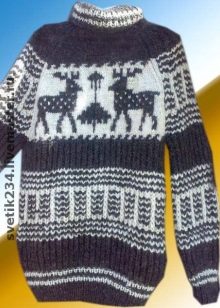
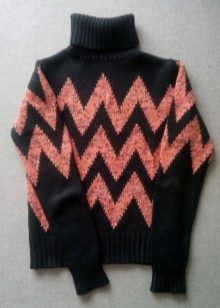

Subtleties of care
Despite the fact that acrylic fabric can withstand a long service life, it cannot be washed at high temperatures, since any clothes made of this material will shrink with such an incorrect wash.
Before cleaning from the user, you will need to study the label in more detail, since the manufacturer takes into account the amount of one or another component in the fabric, including the amount of natural fiber and acrylic.
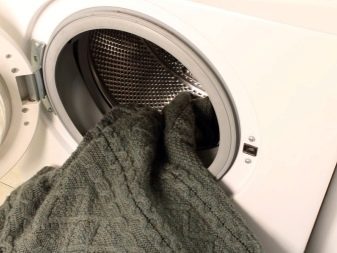
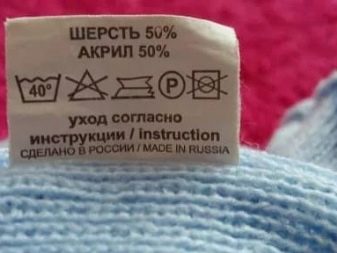
Always use a mild detergent, otherwise the item could be irreparably damaged. If you need a brush that is supposed to clean the stain, then it should be with soft bristles. The water should be cold or slightly warm, no more than 38 ° C. After soaking, be sure to rinse the item thoroughly to remove any soap residues.
They dry the fabric only naturally, never put it in a dryer and do not use a hair dryer.
For easy cleaning, use a solution of water and mild soap. It should be absorbed into the fabric. Re-process the fabric after it is completely dry.
If the stain is severe, you will need one cup of chlorine bleach, 1/4 cup mild soap, and a quart of water.
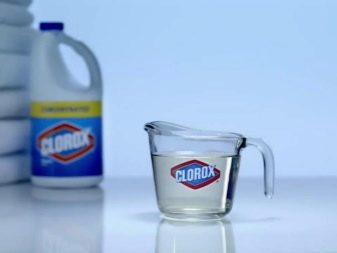
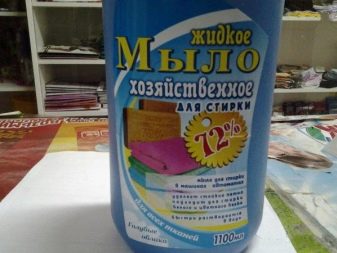
Allow the mixture to soak into the fabric for 15 minutes. Use a soft bristled brush to wash off the stain, rinse thoroughly until all soap is removed. Dry clothes on the street, but not on a radiator.
For a comparison of acrylic fabric with Oxford fabric, see the following video.








